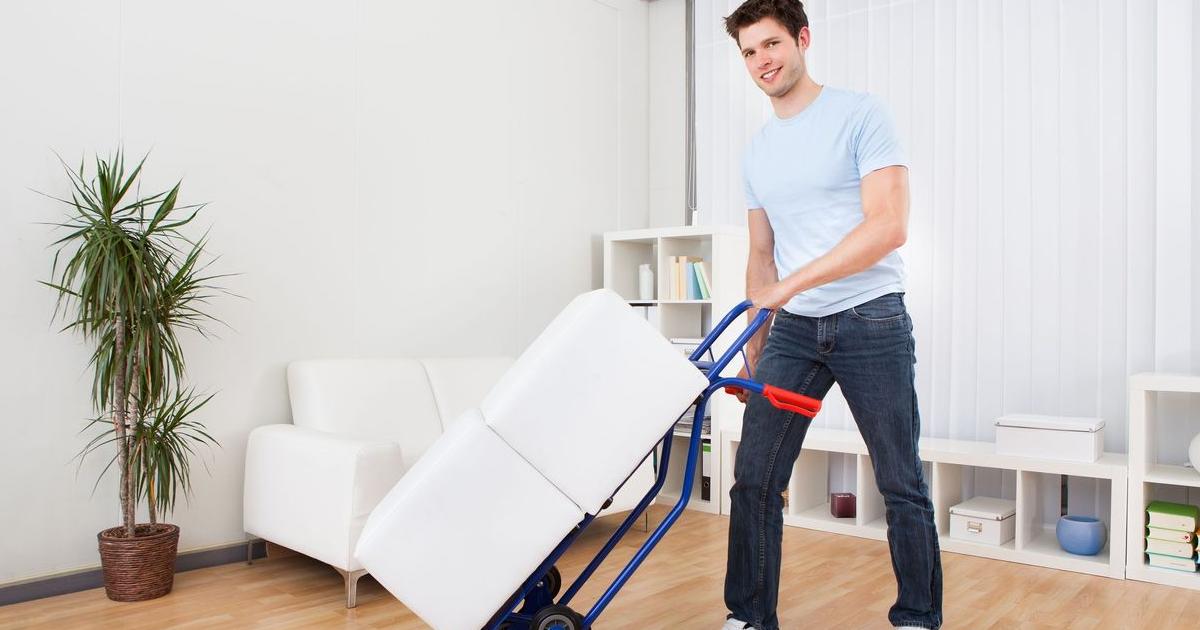Strategies For Treating And Preventing A Ruptured Spleen
Located on the left side of the body below the ribs, the spleen recycles old blood cells and fights infection. A ruptured spleen is considered a medical emergency, and it typically develops after a car accident, injury, or other activities that could involve a heavy blow to the upper left part of the abdomen. Occasionally, patients who have an enlarged spleen due to mononucleosis or another medical condition may also experience a ruptured spleen.
Some of the most common symptoms of a ruptured spleen include pain in the upper left part of the abdomen and pain in the left shoulder. Some patients with a ruptured spleen may have cuts and bruises on the left side of the chest, and they might experience confusion, dizziness, or lightheadedness. To diagnose a ruptured spleen, doctors use physical exams, blood tests, ultrasounds, and imaging studies. Since a ruptured spleen can cause life-threatening internal bleeding, patients with this condition are closely monitored in the hospital.
The following methods are recommended for the prevention and treatment of a ruptured spleen.
Avoid High-Impact Activities And Contact Sports

Patients who are at a high risk of a ruptured spleen may need to avoid high-impact activities and contact sports. This is particularly important for patients who have an enlarged or bruised spleen due to accidents or conditions such as cancer, mononucleosis, or some other infections. Doctors normally advise at-risk patients to avoid football, rugby, and similar sports involving tackling or a risk of being hit by a ball. Since many ruptured spleens happen due to car accidents, it is recommended for patients to always wear a seatbelt while riding in a car. If a patient has been placed on restrictions from certain sports, the doctor will monitor the spleen and inform the patient when they can safely return to exercise.
Uncover more options for preventing and treating a ruptured spleen now.
Avoid Heaving Lifting

Heavy lifting may cause trauma to the spleen that could result in a rupture. Patients at a higher risk of developing a ruptured spleen should pay particular attention to this. In particular, patients should avoid lifting more than twenty pounds, and they should ask for help when lifting items. To move items, patients could consider using a cart or pulley system. If a patient experiences any pain in the upper left side of their abdomen after lifting an item, especially if the abdomen is tender to the touch, he or she should visit the doctor promptly. Patients who have been lifting objects, even lightweight ones, should be vigilant for any symptoms such as fast heart rate, lightheadedness, dizziness, confusion, or pain in the shoulders. If these symptoms or any new changes develop, patients should have a complete evaluation from a physician.
Learn more about treating and preventing a ruptured spleen now.
